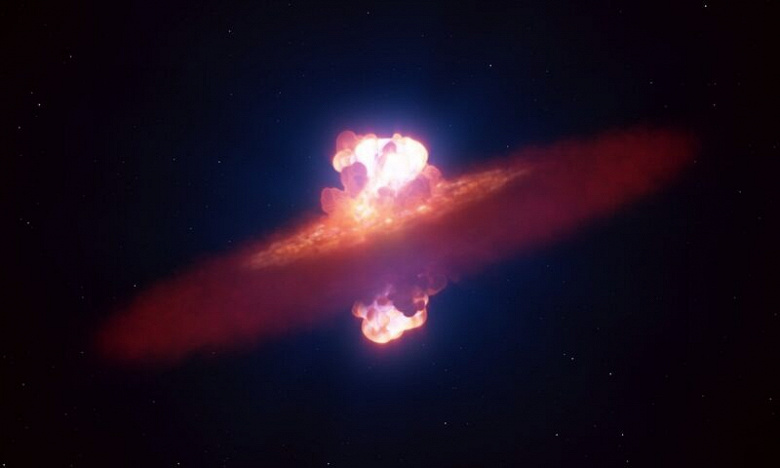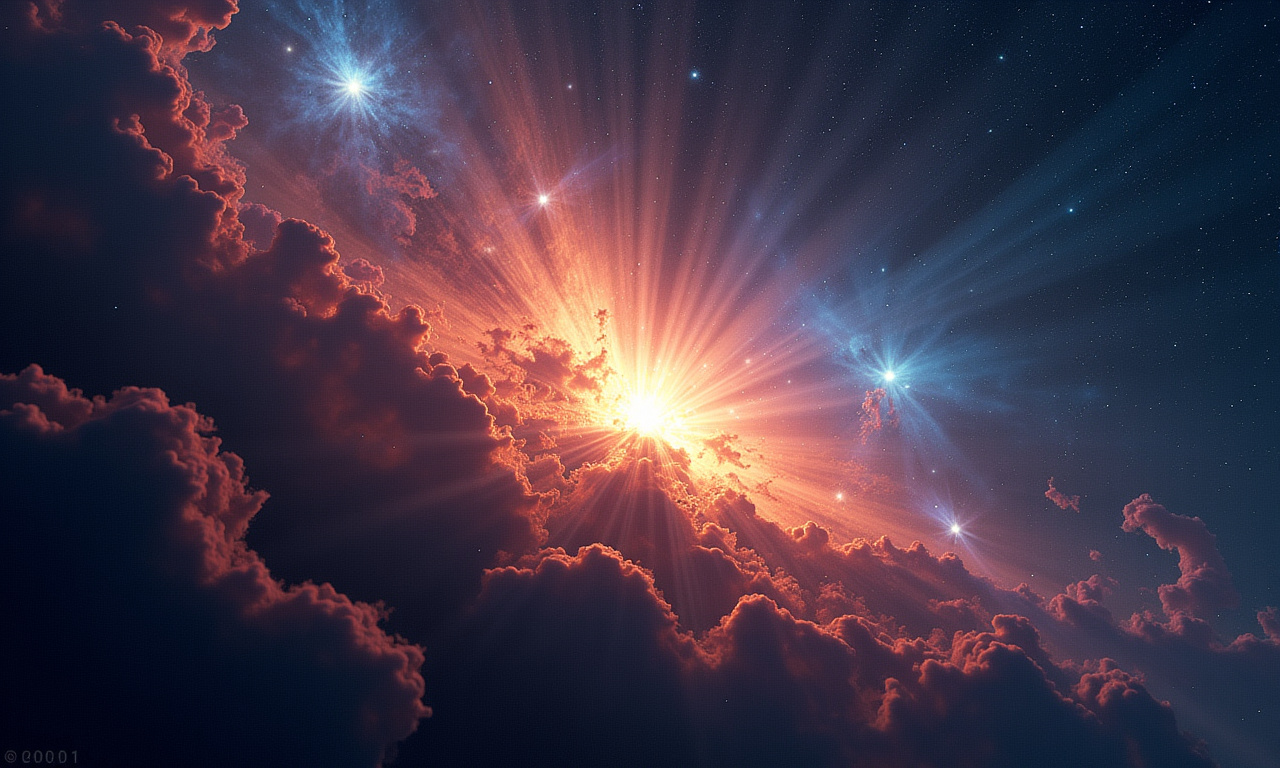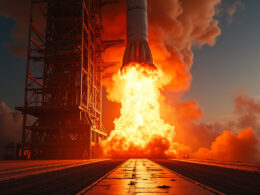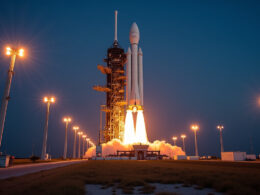International Astronomical Breakthrough
An international team of astronomers has, for the first time, captured the shape of a supernova just 26 hours after the explosion onset. By utilizing the Very Large Telescope (VLT) of the European Southern Observatory (ESO) in Chile, scientists observed supernova SN 2024ggi in the galaxy NGC 3621 at the moment when the shockwave from the explosion broke through the star’s surface. Leading author Yi Yang, an associate professor at Tsinghua University (China), learned about the explosion on April 10. The scientist promptly applied for observations, and within 12 hours, the VLT was directed at the supernova. The galaxy NGC 3621, where the explosion occurred, is located in the constellation Hydra at a distance of 22 million light-years, which is relatively close by astronomical standards. A critical technology used was spectropolarimetry-a method that measures the polarization of light. This allowed for determining the geometry of the object, even when it appears as a point in a telescope.

Data from the FORS2 instrument on the VLT showed that the initial ejection of material had an elongated, olive-like shape. As the shockwave expanded, it flattened, but the symmetry axis remained unchanged. “This points to a general physical mechanism governing massive star explosions,” noted Yi Yang. The predecessor to SN 2024ggi was a red supergiant with a mass 12–15 times that of the Sun and a radius 500 times larger. Such stars explode when they exhaust their fuel: the core collapses, and the shockwave from the outer layers destroys the star. Observations have ruled out some existing supernova models while refining others.
“The geometry of the explosion provides fundamental data about stellar evolution,” emphasized Yang. The discovery confirms that symmetry plays a crucial role in the mechanisms of stellar explosions. “The observations not only change our understanding of supernovae but also show the strength of international collaboration,” said co-author Ferdinando Patat, an ESO astronomer. Scientists plan to use similar methods to study other supernovae, aiming to uncover universal laws governing the demise of massive stars. Recently, advancements in space-based telescopes, such as the James Webb Space Telescope, have provided unprecedented clarity in observing distant cosmic phenomena, further enhancing our ability to understand such stellar events.









